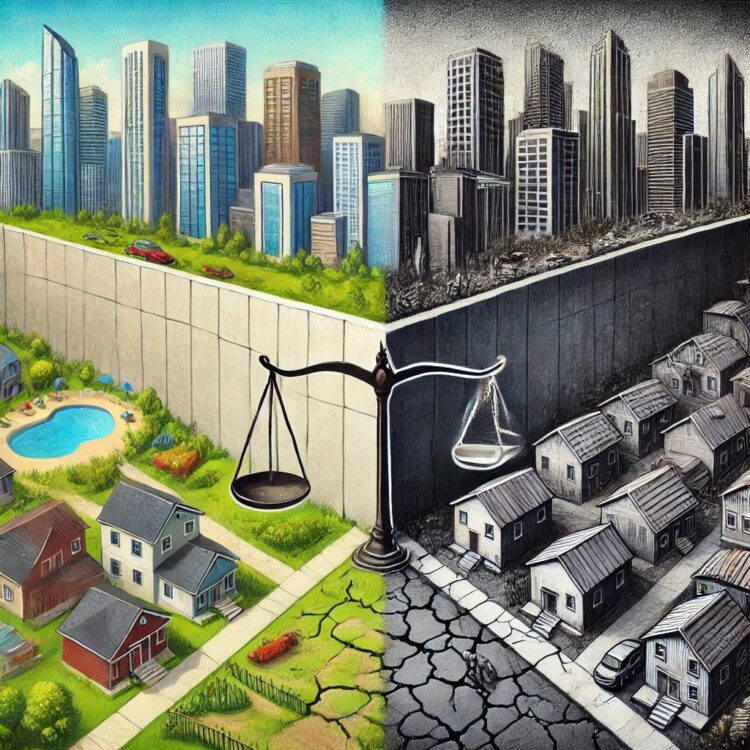
Systemic racism, also known as institutional racism, refers to the ingrained practices, policies, and cultural norms within institutions and society that result in differential outcomes for individuals based on race. Unlike individual racism, which manifests through personal prejudice, systemic racism is embedded in the structures and operations of a society, often perpetuating inequality regardless of intent. Australia, as a multicultural nation, has a complex history of systemic racism, deeply entwined with its colonial roots and treatment of Aboriginal and Torres Strait Islander peoples. Through case studies and historical analysis, this essay examines systemic racism in Australia, its impacts, and the urgent need for reform.
The Foundations of Systemic Racism in Australia
Systemic racism in Australia can be traced back to the arrival of the British colonisers in 1788. The establishment of British sovereignty over Aboriginal lands disregarded the existence of Aboriginal and Torres Strait Islander peoples, their cultures, and their legal systems. The doctrine of terra nullius, meaning “land belonging to no one,” was a key legal fiction used to justify this dispossession. It laid the foundation for policies and practices that have perpetuated inequality for centuries.
For instance, the Stolen Generations, a period between the late 19th and mid-20th centuries, saw Aboriginal children forcibly removed from their families under government policies designed to assimilate them into white society. These policies were based on the belief that Aboriginal people and cultures were inferior, leading to long-lasting intergenerational trauma that persists today.
Contemporary Manifestations of Systemic Racism
Overrepresentation in the Criminal Justice System
One of the most glaring examples of systemic racism in modern Australia is the overrepresentation of Aboriginal and Torres Strait Islander peoples in the criminal justice system. According to the Australian Bureau of Statistics, Indigenous Australians make up approximately 3.8% of the total population, yet account for 32% of the adult prison population (2023).
The 1991 Royal Commission into Aboriginal Deaths in Custody highlighted systemic factors contributing to this overrepresentation, including socio-economic disadvantage, discriminatory policing practices, and a lack of cultural understanding within the legal system. Despite the commission’s 339 recommendations, many remain unimplemented, and Indigenous deaths in custody continue to occur at alarming rates. The case of Ms Dhu, a 22-year-old Yamatji woman who died in police custody in 2014 after being arrested for unpaid fines, exemplifies the lethal consequences of systemic neglect and discrimination.
Health Disparities
Another manifestation of systemic racism is the significant gap in health outcomes between Indigenous and non-Indigenous Australians. Aboriginal and Torres Strait Islander peoples have a life expectancy approximately 8 years lower than non-Indigenous Australians and experience higher rates of chronic illnesses such as diabetes, heart disease, and kidney failure.
The Closing the Gap initiative, introduced in 2008, aimed to address these disparities by setting measurable targets in areas like life expectancy, education, and employment. While some progress has been made, the slow rate of change highlights the entrenched barriers within health, education, and economic systems that perpetuate inequality.
Case Study: The Mabo Decision
A significant legal milestone in challenging systemic racism was the 1992 Mabo v Queensland (No 2) case. Eddie Koiki Mabo, a Torres Strait Islander, led the fight to overturn the doctrine of terra nullius, arguing for the recognition of Native Title – the rights of Indigenous people to their traditional lands. The High Court’s ruling in favour of Mabo was a landmark moment, acknowledging that Aboriginal and Torres Strait Islander peoples had lived on and managed these lands for tens of thousands of years.
While the Mabo decision was a step towards justice, its implementation has faced significant hurdles. The subsequent Native Title Act 1993 placed the burden of proof on Indigenous claimants, often requiring them to demonstrate continuous connection to the land despite the disruptive effects of colonisation. This illustrates how systemic racism can persist even within progressive legal reforms.
Addressing Systemic Racism
To combat systemic racism, Australia must commit to structural reform across multiple domains. Key areas for action include:
- Policing and Justice
Independent oversight bodies should be established to monitor and investigate deaths in custody. Police forces must undergo cultural competency training to reduce discriminatory practices and build trust with Indigenous communities. - Education
Incorporating Indigenous history, cultures, and perspectives into the national curriculum is essential to fostering understanding and dismantling stereotypes. Programs that empower Indigenous students and address disparities in educational outcomes must be prioritised. - Health and Wellbeing
Health services must be culturally safe and accessible. Increasing the representation of Indigenous people in the healthcare workforce and investing in community-led health initiatives can bridge the gap in outcomes. - Truth-Telling and Reconciliation
Initiatives like the Uluru Statement from the Heart call for constitutional recognition of Indigenous Australians and the establishment of a Makarrata Commission for truth-telling about Australia’s history. Adopting these measures would promote healing and pave the way for meaningful reconciliation.
Conclusion
Systemic racism is a pervasive issue in Australia, deeply rooted in the nation’s colonial history and perpetuated through discriminatory policies and practices. The impacts are evident across the criminal justice system, health, education, and beyond, disproportionately affecting Aboriginal and Torres Strait Islander peoples. Addressing systemic racism requires a comprehensive, multi-faceted approach that includes structural reform, truth-telling, and a commitment to equity and justice. Only by confronting and dismantling these entrenched systems can Australia move towards a truly inclusive and fair society.